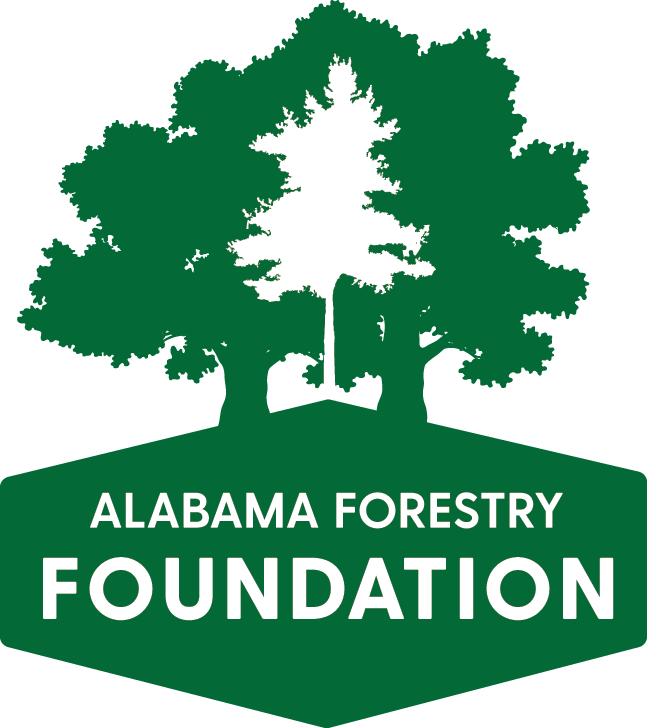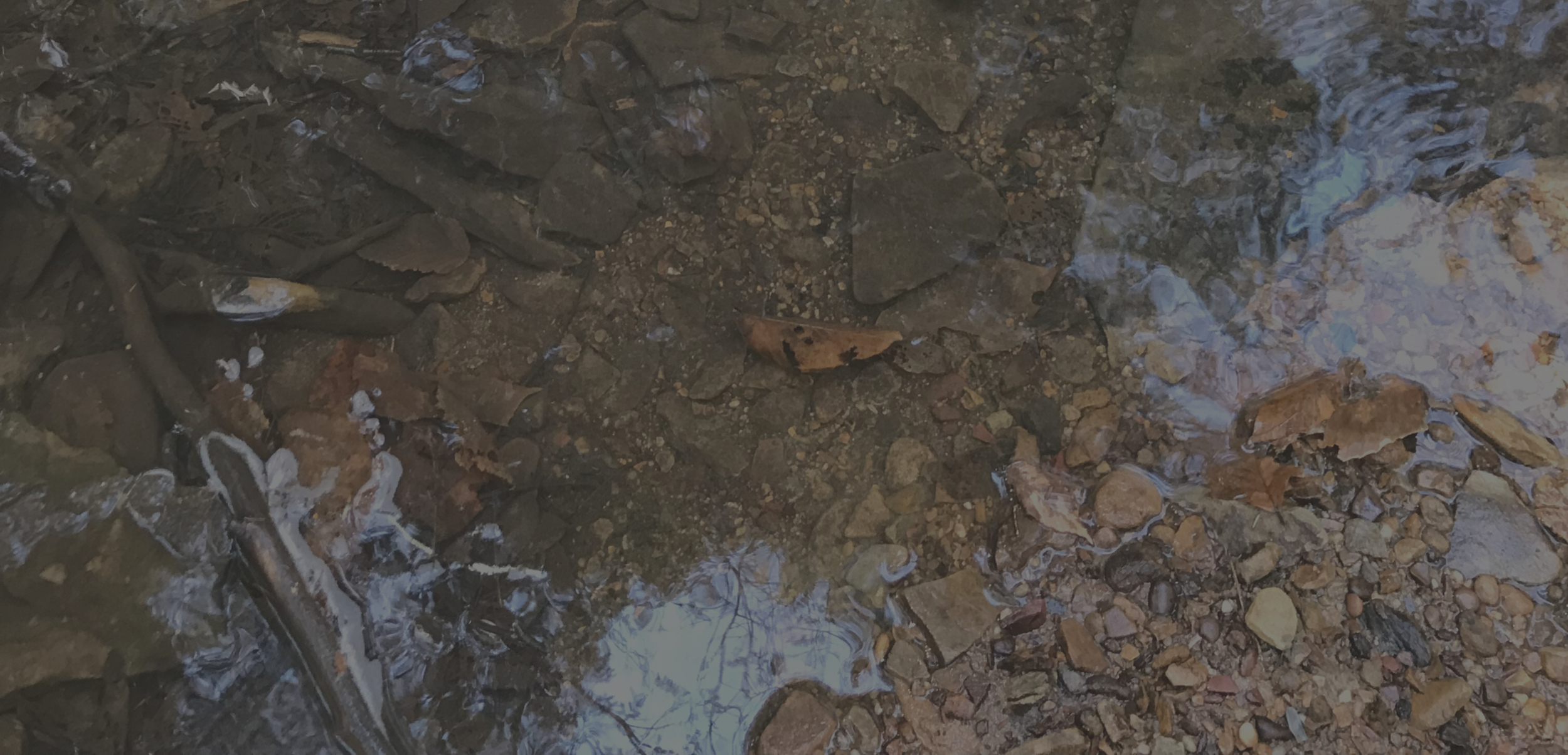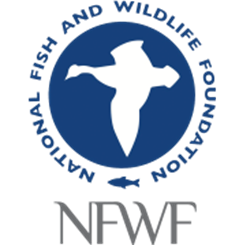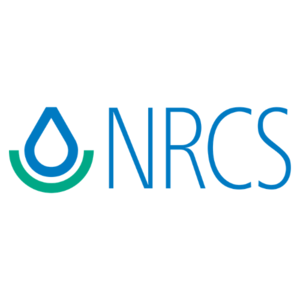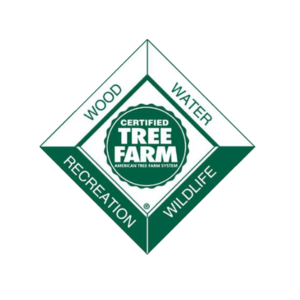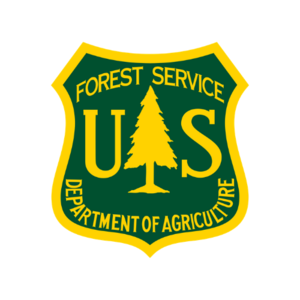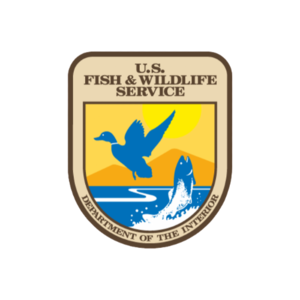GOPHER TORTOISES ARE ONE OF FIVE TORTOISE SPECIES IN NORTH AMERICA AND THE ONLY SPECIES EAST OF THE MISSISSIPPI RIVER. FOUND PRIMARILY IN THE SANDY SOILS OF THE SOUTHEASTERN COASTAL PLAIN, THE GOPHER TORTOISE IS A KEYSTONE SPECIES THAT DIGS DEEP BURROWS WHICH PROVIDE HABITAT FOR MORE THAN 350 OTHER SPECIES OF WILDLIFE.
Gopher tortoise numbers have declined as the distribution of longleaf pine forests has contracted. While not exclusively dependent on longleaf pine, gopher tortoises do require habitat created under open-canopy pine forests that are frequently burned. The open canopy allows sunlight to the forest floor and frequent fire ensures mid-story competition is controlled and herbaceous plants are free to grow.
This project was developed in response to the need for quantitative data on existing gopher tortoise populations as well as a desire to monitor the impact of habitat management practices on populations.
What We’re Doing:
Our team of natural resource professionals is available to conduct gopher tortoise population surveys including line transect distance sampling (LTDS), burrow counts, and 100% sample. Surveys have been conducted on federal, state, and private forests. The results of the survey as well as the physical location of any burrows or individuals are kept completely confidential and are not shared with any other organization or agency unless the landowner provides express permission.
Currently, the US Fish and Wildlife Service (FWS) is conducting a species status assessment to determine whether to list the gopher tortoise in the eastern part of its range. (It is currently listed as Threatened in Alabama counties west of the Mobile and Tombigbee Rivers and in Louisiana and Mississippi.) Our team has been working with FWS and state biologists to provide data needed to preclude listing. Data collected from surveys on private land is shared with FWS in an anonymized format and only with permission from the landowner.
Where gopher tortoise populations are present, landowners have opportunities to apply for cost-share assistance to implement management practices to improve their habitat. Our team can help landowners sign up for cost-share assistance available from programs like the USDA-NRCS EQIP Program and the US Fish and Wildlife Service – Partners in Fish and Wildlife.
As a result of this project, 14 tracts have been assessed, 10 surveys have been completed encompassing 101,300 acres.
All services provided to landowners are FREE OF CHARGE thanks to the generous support provided by our sponsors. In addition, all information provided by landowners is CONFIDENTIAL.
In South Alabama and interested in this project?
Partners:
For More Information on the gopher tortoise Project, please contact:
Tyler Sibley
Fisheries and Wildlife Biologist
tsibley@alaforestry.org
